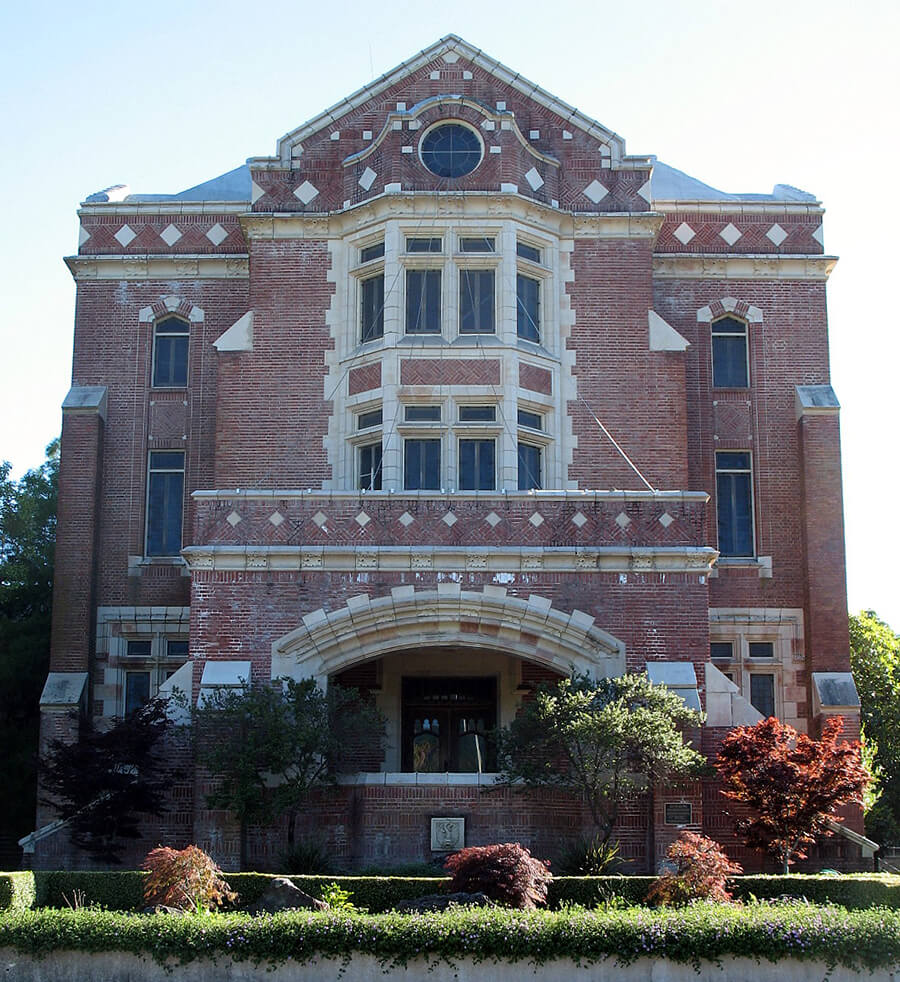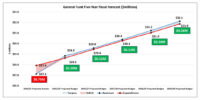On May 6 the Sonoma County Planning Department (aka Permit Sonoma) declared that a new draft EIR and Specific Plan to guide the commercial development of the Sonoma Developmental Center will be completed and ready for preliminary public review by April of 2026. Some of us scoffed at what seemed like radically unrealistic timing, and a Notice of Preparation (NOP) that will trigger the 30-day public “scoping” period, has now been moved back to August 15.
What that means is that the public – including government agencies, interested contractors, assorted stakeholders and ordinary citizens – will have 30 days to help define the scope of the EIR and Specific Plan for SDC by submitting written comments to Permit Sonoma.
It’s unclear whether or not the delay reflects the fact that Permit Sonoma Director Tennis Wick has announced his plans to retire by September 1. Wick oversaw preparation of the first EIR and Specific Plan, both of which were rejected in full in a May, 2024 decision by Sonoma County Superior Court Judge Bradford DeMeo, who dismissed them out of hand. Now Wick’s agency has contracted with the same consulting firm – Dyett & Bhatia – that produced the plan DeMeo tossed out, to do it all over again.
Scoping comments must follow specific criteria, and while numerous concerned citizens have already filed countless pages of comments for the previous scoping period that led to the plan being rejected in court, old comments don’t count; they have to be new, filed in the current comment period.
There are six basic categories within which scoping comments can be made. They include:
- Environmental issues that should be addressed in the EIR, specifically including impacts on wildlife and the critical wildlife corridor running through the property.
- Project alternatives to those proposed and how the alternatives would mitigate environmental damage. One alternative, for example, is no project.
- The methods that should be used for measuring and mitigating damage.
- The thresholds of damage and endangerment that should guide analysis of environmental impact.
- Mitigation measures that could be taken to reduce environmental impact to acceptable levels.
- Resources of information and expertise that should be consulted in preparing the EIR.
None of this comment opportunity is particularly inviting as an appealing expenditure of time. It will probably be more enjoyable than a root canal or tax return preparation, but not by much. Still, the scoping period is a critical window of opportunity for Sonoma Valley residents to at least attempt (again) to have a voice in the future of SDC.
Commenting will be significantly easier and more credible, however, if you first take the time to read through the 30-page Dyett & Bhatia “Scope of Work” document that explains what, when and how they plan to prepare the new Specific Plan, which includes among other things a study of the potential for adaptive reuse of existing buildings, something they essentially ignored in the first plan. The state’s chosen developer – Eldridge Renewal – plans to demolish 90 percent of existing buildings on the campus.
A major challenge in the Scoping process will be reconciling the Eldridge Renewal plan for 990 homes at SDC, with what Dyett & Bhatia describe as a “housing unit cap” of 620 units, not including those allowed under a density bonus, presumably including the zoning-free provision of the so-called “Builder’s Remedy” legislation.
Commenters should also review the wildfire evacuation “SAFE Study” conducted by KLD Associates that was commissioned by the Valley of the Moon Alliance, and concluded the County’s original evacuation study was hopelessly and dangerously inaccurate.
Dyett & Bhatia now plan for public review of the draft EIR on November 3, 2025, with a final hearing by the Sonoma County Board of Supervisors by April 26, 2026.
Public comments that simply oppose the project will have little value. Holding the County to the highest possible standard of environmental protection and preservation is the challenge and the opportunity.
The best guide to navigating this bureaucratic maze is on the Eldridge For All website (eldridgeforall.org/alerts) which includes the Dyett & Bhatia “Scope of Work” pdf. The official Notice of Preparation (NOP) had not been announced at press time. Further information can be found at the Permit Sonoma website permitsonoma.org.
Sonoma Valley Sun Editorial Board









What ever housing cap is decided is appropriate a builder should agree to not use the builders remedy. A cap is a cap.
It’s Time to Use the Builder’s Remedy—and Build Bigger
In Sonoma County and far too many parts of California, younger generations and working families are being held hostage by an outdated, elitist system that prioritizes obstruction over progress. NIMBYs (Not In My Backyard types) and entrenched local interests—mostly older, wealthier individuals—have weaponized bureaucracy, lawfare, and endless delays to stop any meaningful housing development.
But there’s a solution on the table: the Builder’s Remedy. This legal tool exists for a reason. When local governments refuse to meet state housing mandates, developers have the right to move forward—regardless of local opposition. At this point, it’s not just a right—it’s a necessity.
If opponents are going to play hardball, developers should too. Build bigger, bolder, and better. Don’t just meet minimal expectations—exceed them. Families need homes. Communities need growth. The future needs space to live.
This isn’t just about housing—it’s about power. For decades, a single generation benefited disproportionately from unsustainable economic policies. Massive asset inflation, easy credit, and heavy-handed regulation created a system where the older generation accumulated outsized wealth and influence—while future generations were saddled with debt, rising costs, and stagnant opportunity.
What we’re seeing now is the final act of a long-standing monopoly on political and economic power. But the next generation isn’t waiting quietly anymore. We’re demanding the freedom to build, grow, and thrive. We’re tired of being told we can’t afford homes, raise families, or start businesses because of red tape and outdated ideologies.
This isn’t about disrespect—it’s about balance. No generation owns the future. It’s time to decentralize power, eliminate excessive regulation, and prioritize the people who are trying to create a better tomorrow.
Let’s end the era of paralysis. Let’s make it clear: the age of NIMBY obstruction is over. The era of bold, unapologetic development has begun.
Wow! An entire generation including poor senior citizens has “weaponized bureaucracy” against their kids. The banking, insurance and real estate industries have never done anything wrong, don’t play into the cause for rising costs of mortgages or real estate, and people should not have a right to speak about what happens in their own neighborhoods. Got it. Your inflammatory tone is noted as a future justification of extremism. What’s next? Round up old people and send them to Soylent Green factories? Yes, balance is critical. Funny that the comments that have been made about SDC are exactly about creating a BALANCE in a development that is so large that it is essentially plopping a town down in a rural/suburban neighborhood. Citizens still have the legal right to speak and you want to take that away.
Thank you Scott. You are speaking realistically. There is no reason that a plan like Next 100 years can not be implemented at SDC. It is ecologically sound, creates affordable housing, utilizes adaptive reuse of buildings, preserves the wild life corridor and would be a model for future developments to follow. The “bold unapologetic development” is for the wealthy and by the wealthy. And of course it will not apologize for the ecological destruction it will create, nor will it apologize to the few hundred workers needed for a luxury hotel who will have no housing they can afford or those that may perish in the next wild fire.